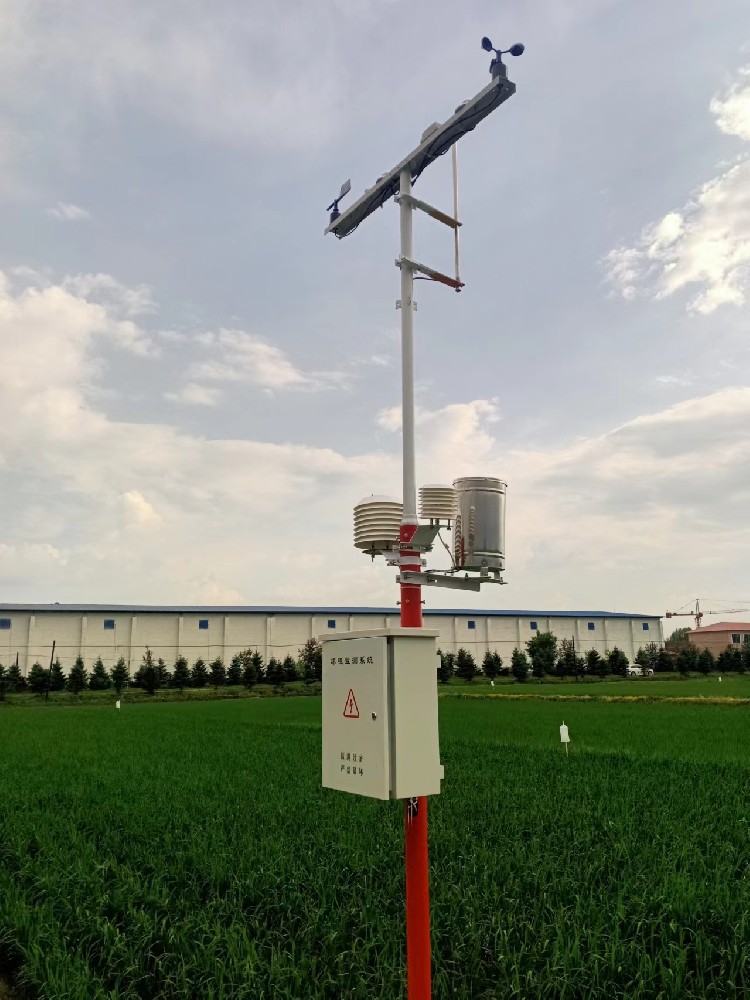

— Blogs —
—Products—
 Consumer hotline +8618073152920
Consumer hotline +8618073152920 WhatsApp:+8615367865107
Address:Room 102, District D, Houhu Industrial Park, Yuelu District, Changsha City, Hunan Province, China
Product knowledge
Time:2025-04-27 17:47:05 Popularity:33
In the era of rapidly advancing Internet of Things (IoT) technology, IoT Environmental Sensors are transforming how we monitor and optimize our environments. These sensors collect real-time data on temperature, humidity, air quality, soil moisture, and more, transmitting it wirelessly to cloud platforms or local devices. This provides users with precise, real-time environmental insights. Our IoT environmental sensors are designed for smart agriculture, urban management, industrial monitoring, home health, and scientific research, empowering users to achieve intelligent management, enhance efficiency, and promote sustainability.
IoT Environmental Sensors are smart sensors connected to the internet via wireless communication technologies (e.g., LoRa, NB-IoT, Wi-Fi, 4G) to monitor physical, chemical, or biological parameters in real time. These sensors transmit collected data remotely to cloud servers or local systems, enabling users to view, analyze, and make informed decisions for intelligent environmental management and optimization.
Compared to traditional environmental monitoring devices, IoT sensors offer significant advantages, including real-time connectivity, low power consumption, remote management, scalability, and intelligent alerts. They are a critical component of smart agriculture, smart cities, and smart industries.
IoT environmental sensors come in various types, including:
Measures ambient temperature changes.
Detects air or soil humidity levels.

Monitors carbon dioxide levels to assess ventilation quality or plant growth conditions.
- PM2.5/PM10 Sensor (Particulate Matter Sensor)
Measures concentrations of airborne particulate matter to evaluate air pollution.
Detects atmospheric pressure changes for weather forecasting and environmental analysis.
Measures ambient light intensity, used in agriculture or indoor lighting management.
Monitors ultraviolet radiation levels for health protection or environmental monitoring.
Records precipitation levels to support flood prevention and irrigation decisions.
Measures wind speed and direction for meteorological or energy applications.
Monitors soil moisture and temperature for precision agriculture.
Measures environmental noise levels for urban environmental protection and community safety.
Detects harmful gases like carbon monoxide, methane, ammonia, or hydrogen sulfide.
Measures water parameters like pH, dissolved oxygen, and turbidity for water resource protection.
Each IoT environmental sensor provides precise measurements for specific parameters, enabling intelligent applications through IoT technology:
- Temperature and Humidity Sensors: Monitor air or soil conditions, supporting calculations like dew point, perceived temperature, or Growing Degree Days (GDD) for agriculture.
- Air Quality Sensors: Measure PM2.5, PM10, and VOC concentrations to assess air pollution and protect public health.
- CO₂ Sensors: Monitor indoor CO₂ levels to optimize ventilation and improve workplace or learning environments.
- Soil Moisture Sensors: Measure root zone moisture to guide precision irrigation and reduce water waste.
- Light Sensors: Monitor light intensity for agricultural photosynthesis management or indoor lighting control.
- Barometric Pressure Sensors: Predict short-term weather changes, such as storms or clear skies.
- Noise Sensors: Monitor environmental noise levels to support urban noise pollution management and construction compliance.
- Water Quality Sensors: Analyze water pH, dissolved oxygen, and other parameters to ensure safe water for irrigation or aquaculture.
- Gas Sensors: Detect harmful gases (e.g., CO, ozone) for industrial safety alerts or environmental pollution monitoring.
These sensors transmit data via MQTT or HTTP protocols to cloud platforms, enabling real-time alerts, trend analysis, and automated controls (e.g., triggering irrigation or ventilation systems).

- Smart Agriculture: Intelligent irrigation, pest and disease forecasting, and crop growth monitoring.
- Smart Cities: Air quality monitoring, noise management, and public safety alerts.
- Industrial Environmental Monitoring: Factory emissions tracking, toxic gas leak detection, and workplace environment optimization.
- Energy Sector: Weather monitoring for wind and solar power optimization.
- Water Management: Online water quality monitoring, flood warnings, and irrigation system management.
- Public Health and Safety: Indoor environmental quality monitoring in schools, hospitals, and offices.
- Research and Education: Environmental data collection for academic research and experiments.
- Increased Productivity: Real-time monitoring and intelligent controls boost efficiency in agriculture, industry, and more.
- Enhanced Safety: Early detection of environmental hazards reduces accident risks.
- Resource and Cost Savings: Smart decision-making minimizes water, electricity, and energy waste.
- Sustainability Support: Contributes to environmental protection and climate change mitigation, promoting green, low-carbon transitions.
- Accelerated Digital Transformation: Provides reliable data foundations for governments and businesses, driving smart operations.
IoT environmental sensors integrate temperature, humidity, air quality, soil moisture, light, and other measurements, leveraging IoT technology to deliver real-time, accurate environmental data. These sensors play a pivotal role in smart agriculture, urban management, industrial monitoring, smart homes, and scientific research, helping users optimize resources, enhance health and safety, and promote sustainability. With low power consumption, wireless connectivity, and modular designs, IoT environmental sensors offer flexible, efficient monitoring solutions. Whether improving crop yields, enhancing urban air quality, or optimizing indoor environments, these sensors are a cornerstone of an intelligent, sustainable future.
Prev:What Are Weather Measuring Instruments?
Next:no more
Related recommendations
Sensors & Weather Stations Catalog
Agriculture Sensors and Weather Stations Catalog-NiuBoL.pdf
Weather Stations Catalog-NiuBoL.pdf
Related products
 Combined air temperature and relative humidity sensor
Combined air temperature and relative humidity sensor Soil Moisture Temperature sensor for irrigation
Soil Moisture Temperature sensor for irrigation Soil pH sensor RS485 soil Testing instrument soil ph meter for agriculture
Soil pH sensor RS485 soil Testing instrument soil ph meter for agriculture Wind Speed sensor Output Modbus/RS485/Analog/0-5V/4-20mA
Wind Speed sensor Output Modbus/RS485/Analog/0-5V/4-20mA Tipping bucket rain gauge for weather monitoring auto rainfall sensor RS485/Outdoor/stainless steel
Tipping bucket rain gauge for weather monitoring auto rainfall sensor RS485/Outdoor/stainless steel Pyranometer Solar Radiation Sensor 4-20mA/RS485
Pyranometer Solar Radiation Sensor 4-20mA/RS485
Screenshot, WhatsApp to identify the QR code
WhatsApp number:+8615367865107
(Click on WhatsApp to copy and add friends)